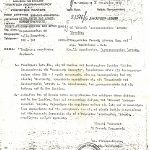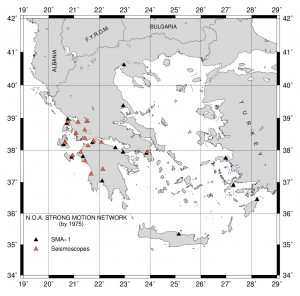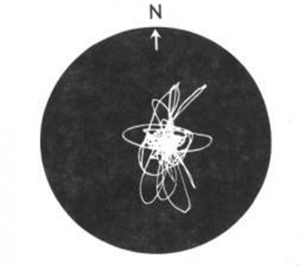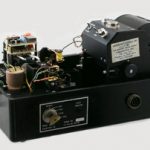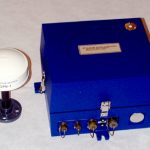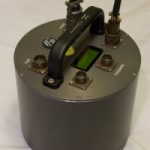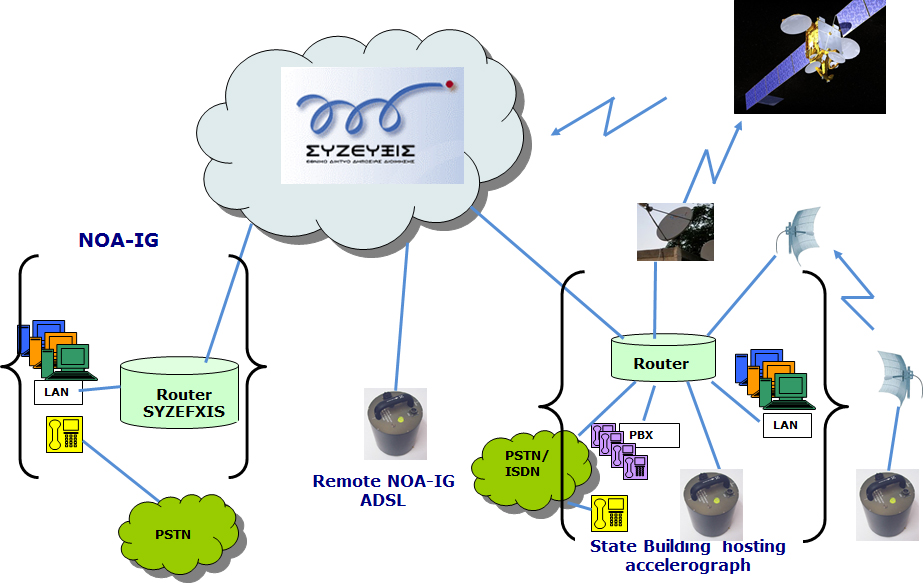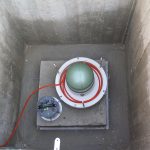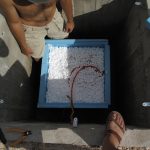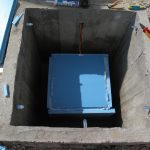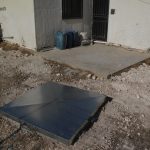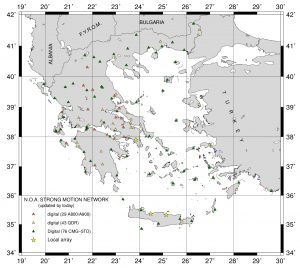The strong motion instrumentation program in Greece started in early 70’s within the project “Balkan region seismicity study”. The Institute of Geodynamics installed 2 SMAC-B accelerographs, which quickly were replaced by a network of 15 SMA-1 accelerographs. This first network aimed to replace 17 seismoscopes (SR-100 Wilmot), which were installed in western Greece during the early 60’s, in order to correlate the macroseismic intensity with one physical quantity of the earthquake strong motion.
The strong motion instrumentation program in Greece started in early 70’s within the project “Balkan region seismicity study”. In 1975 17 SMA-1 accelerographs were installed and there were at least three occasions mentioned for the same earthquake being recorded by seismoscopes and accelerographs located at the same site. The Cephalonia Island main shock of September 17, 1972, M6.3 and its aftershock and the Lefkada island main shock of November 4, 1973, M5.8.
After the destructive earthquake, which occurred in Thessaloniki, Northern Greece (Jun. 20, 1978, M6.5), the Institute of Earthquake Engineering and Engineering Seismology – ITSAK was established, with mainly research activities in engineering seismology, soil dynamics and earthquake engineering. ITSAK deployed another strong motion network with SMA-1 at a national scale. The two institutions developed a non-formal cooperation on the subjects of strong motion record processing, specifications of instruments installations and specifications of maintenance. The growing number of strong motion data collected, forced the scientists to understand the importance of the applied processing and correction techniques as a step before the final engineering use of those recordings, thus ITSAK and NOA-IG developed a digitization and correction procedure for their accelerograms.
By the end of 80’s Institute of Geodynamics expanded its network reaching a number of 45 permanent installed instruments of SMA-1 type, mainly at large Greek cities. Due to the rapid evolution of digital technology, installation of digital instruments of low resolution (12-bit) started by mid 90s (A-800 of Geotech), while the analog units of NOA-IG have been replaced by 11-bit digital accelerographs (QDR of Kinemetrics) by 2001 and after the September 7, 1999 M5.9 Athens earthquake. A small number of 16-bit units have been also installed (A900 of Geotech).
At that time, the first Greek unified accelerographic relational database developed, including records from the NOA-IG and ITSAK networks, which were selected under specific criteria, processed uniformly and resulted to the new Greek attenuation relationships after the referenced earthquake relocation procedure.
By 2006, NOA-IG became a member of the Syzefxis network (the State network for internet connections which provides various services like data transfer, e-mail, VOIP, teleconferencing, digital signature, a helpdesk and a users’ forum). Within Syzefxis, NOA-IG developed the necessary hardware and software in order to enhance “traditional” accelerographic instruments equipped with serial interfaces and exhibit various operational characteristics with modern network functionality. This requires not only several upgrades in terms of physical interconnections but designing and implementing the necessary intermediate software modules as well. This upgrade offered a continuous 24/7/365 monitoring of the digital instruments and a rapid data download and processing after a strong earthquake.
Till 2008, the NOA-IG strong motion network consisted totally from digital instruments (A-800/A-900, QDR, CMG-5TD). At that time a national project led to a tremendous increase of the quantity and the quality of the national strong motion instruments. NOA-IG purchased more than 80 CMG-5TDE units and installated them at new permanent sites. The technical specifications of this modern instruments offer a lot of services, like the continuous recording (instead of triggering and STA/LTA algorithms), the site ambient noise monitoring via the PQLX software, the incorporation of the recording to the daily seismicity monitoring and the seismic parameter estimation enhance (improvement of epicenter location, magnitude determination and focal mechanism solution).
Selected References:
- Drakopoulos J. and Rousopoulos A. (1973). Analysis of strong motion records of the Cephalonian shock occurring on Sept. 17, 1972 and of its larger aftershock. Annali di Geofisica, 1973: XXVI, 23 pp.
- Galanopoulos, A. and Drakopoulos, J. (1974). A T-phase recorded on an accelerogram. Bull. Seism. Soc. Am., 64, 3, 717-719.
- Kalogeras, I. (2002). A strong motion database in Greece. Natural Hazards, 26, 265-277.
- Margaris, B., Kalogeras, I., Papaioannou, Ch., Savvaidis, A. and Theodoulidis, N. (2014). Evaluation of the national strong motion network in Greece: deployment, data-processing and site characterization. Bull Earthquake Eng., 12, 237–254.
- Skarlatoudis, A., Papazachos, C., Margaris, B., Theodulidis, N., Papaioannou, Ch., Kalogeras, I., Skordilis, E. and Karakostas, V. (2003). Empirical peak ground motion predictive relations for shallow earthquakes in Greece. Bull. Seism. Soc.Am, 93, 6, 2591-2603.
- Theodulidis N., Kalogeras I., Papazachos C., Karastathis V., Margaris B., Papaioannou Ch. and Skarlatoudis A. (2004). HEAD1.0 : A unified accelerogram database”, Seism. Research. Lett, 75, 41-50.


